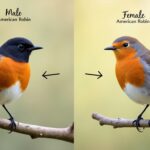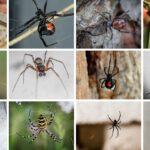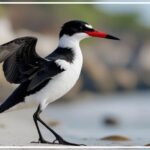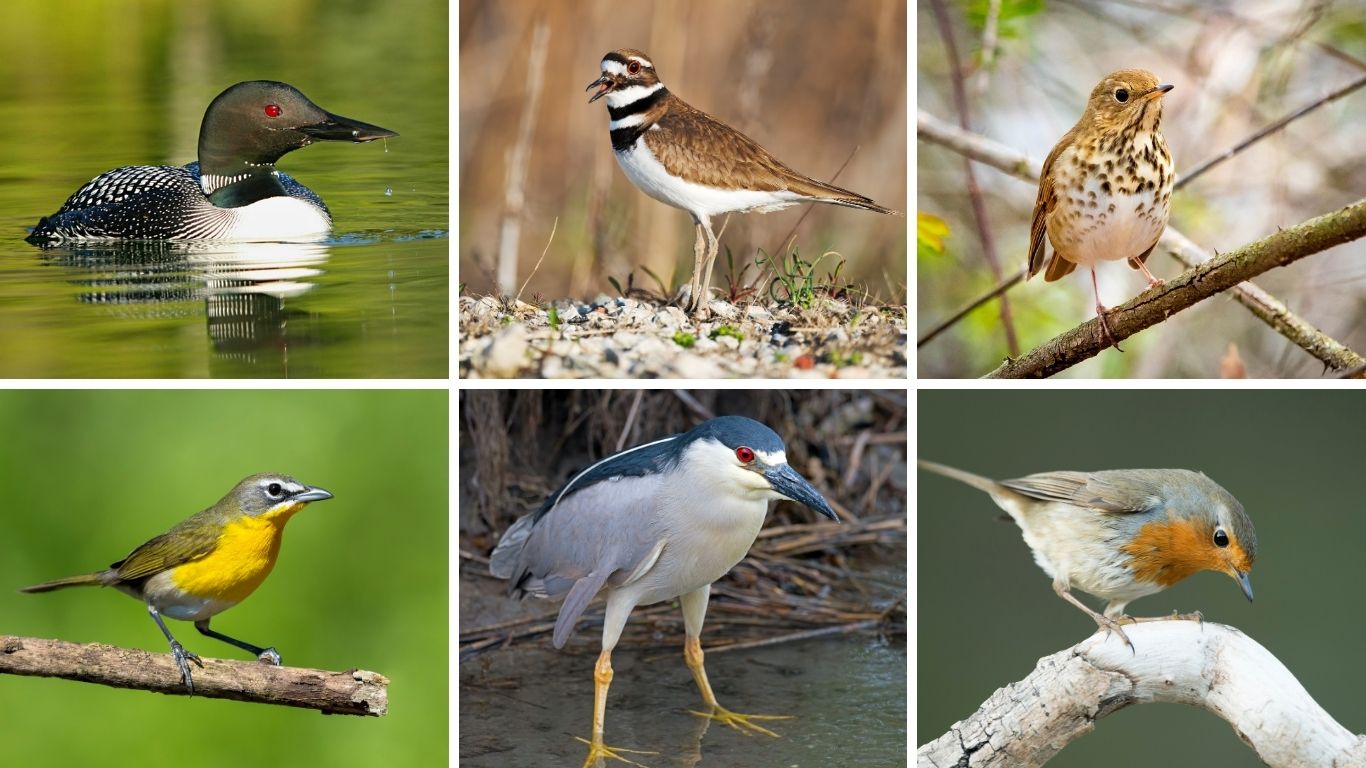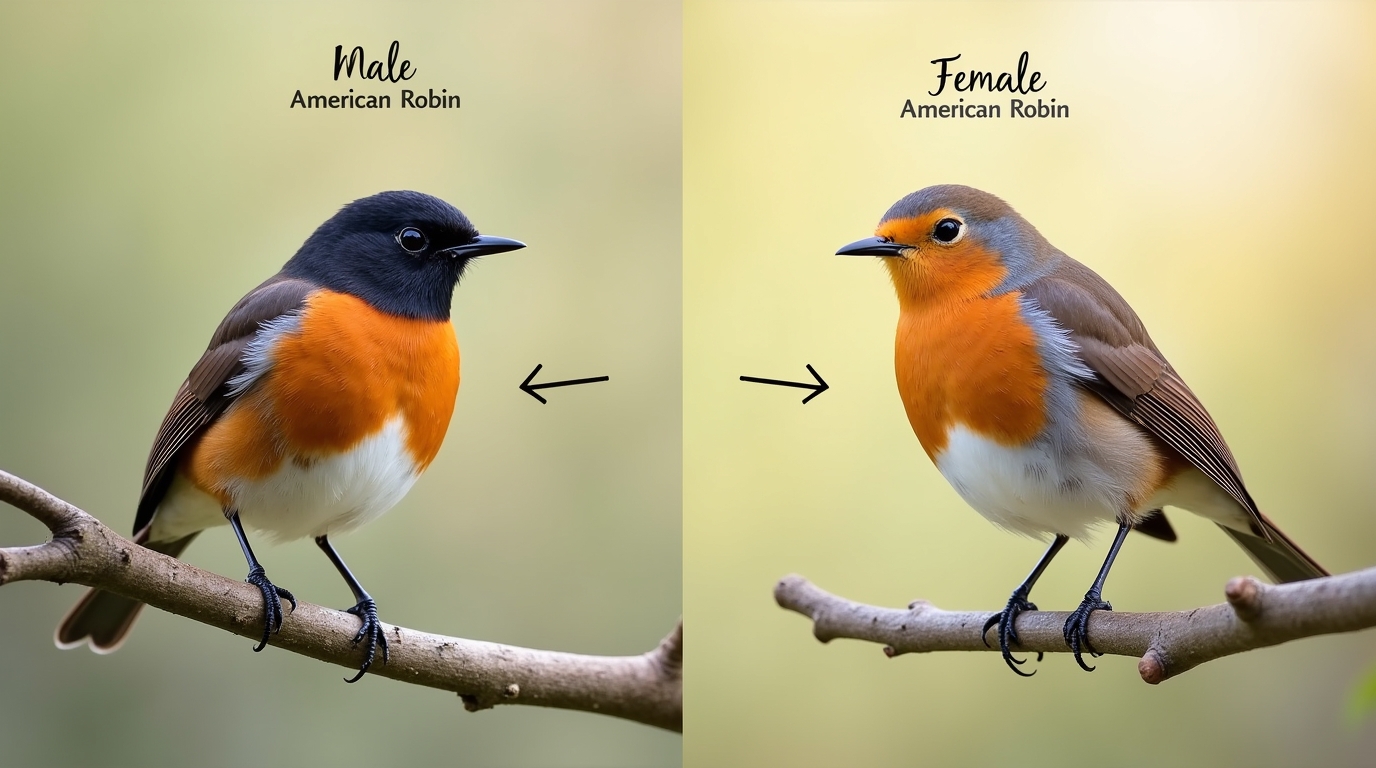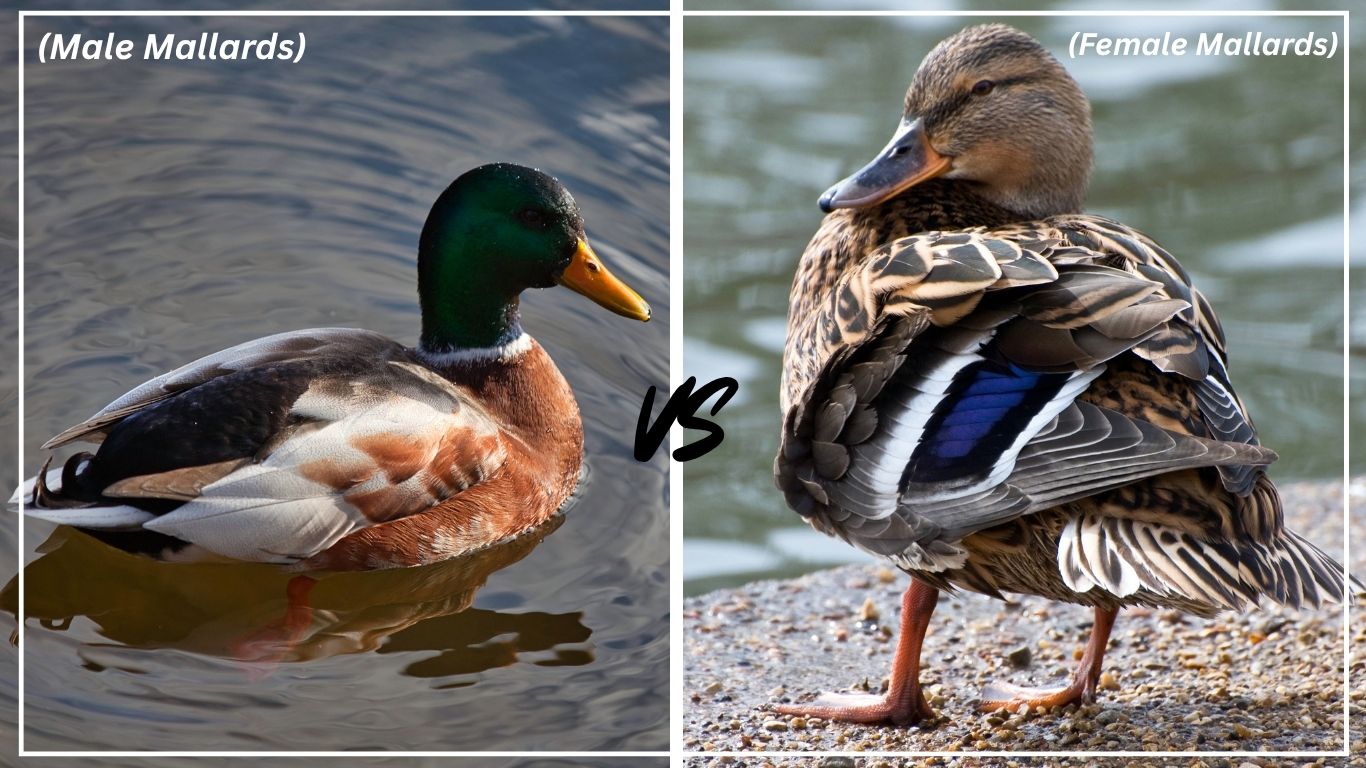While most birds sing at dawn, some species fill the night with sound. From haunting screeches to melodic whistles, these nighttime vocalists are active long after sunset. Whether it’s to defend territory, attract a mate, or communicate in the dark, their songs create a mysterious soundscape. In this guide, you’ll discover 11 birds known for singing or calling at night — each with unique features and nighttime habits.
1. Northern Mockingbird
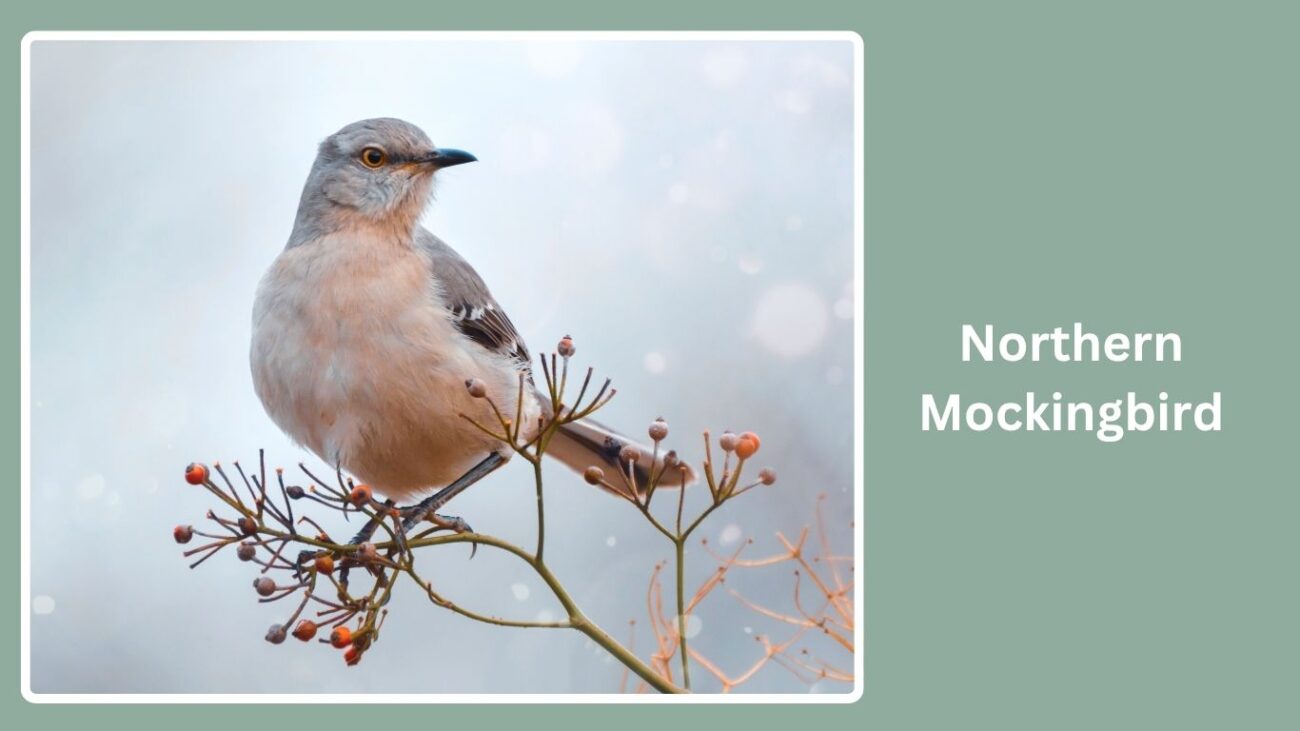
The Northern Mockingbird is well-known for its incredible vocal range and tendency to sing both day and night. It’s especially famous in urban areas where its midnight performances can be heard echoing through neighborhoods.
Identification and Appearance
- Medium-sized songbird with a slender body
- Pale gray upperparts and white underparts
- Long tail with white outer feathers
- Distinctive white wing patches visible in flight
Nocturnal Activity and Singing Habits
Northern Mockingbirds are diurnal birds but may sing at night, especially males during mating season or when unmated. Their ability to mimic other birds and sounds adds to their nighttime concerts.
When and Why They Sing at Night
They typically sing at night in spring and early summer. Unpaired males are the most vocal after dark, using songs to attract mates or defend territory. Their singing can last for hours under moonlight or near streetlights.
Habitat and Behavioral Traits
Common in suburban yards, parks, and open woodlands across North America. They are fiercely territorial and often seen chasing away intruders. These birds are also known for mimicking a wide variety of sounds, including other birds, alarms, and even machinery.
2. Eastern Whip-poor-will

The Eastern Whip-poor-will is a nocturnal bird known for its repetitive, haunting call that echoes through forests at dusk and throughout the night. Its name comes from the distinct “whip-poor-will” sound it makes.
Identification and Appearance
- Medium-sized nightjar with mottled gray, brown, and black plumage
- Short bill and large mouth adapted for catching insects
- Camouflaged appearance blends perfectly with leaf litter
- Large eyes suited for low-light vision
Nocturnal Lifestyle and Singing Behavior
This bird is strictly nocturnal, becoming active after sunset. It spends the day resting on the forest floor or low branches and comes alive at night to hunt insects and call repeatedly.
When and Why They Sing at Night
The call starts at twilight and continues through the night, especially during spring and summer breeding seasons. Males sing to mark territory and attract females, often calling hundreds of times in succession.
Preferred Habitat and Daily Habits
Found in open woodlands, forest edges, and scrubby fields in eastern North America. These birds are rarely seen due to their camouflage but are frequently heard. They nest on the ground and rely heavily on stealth and stillness for survival.
3. Common Nightingale
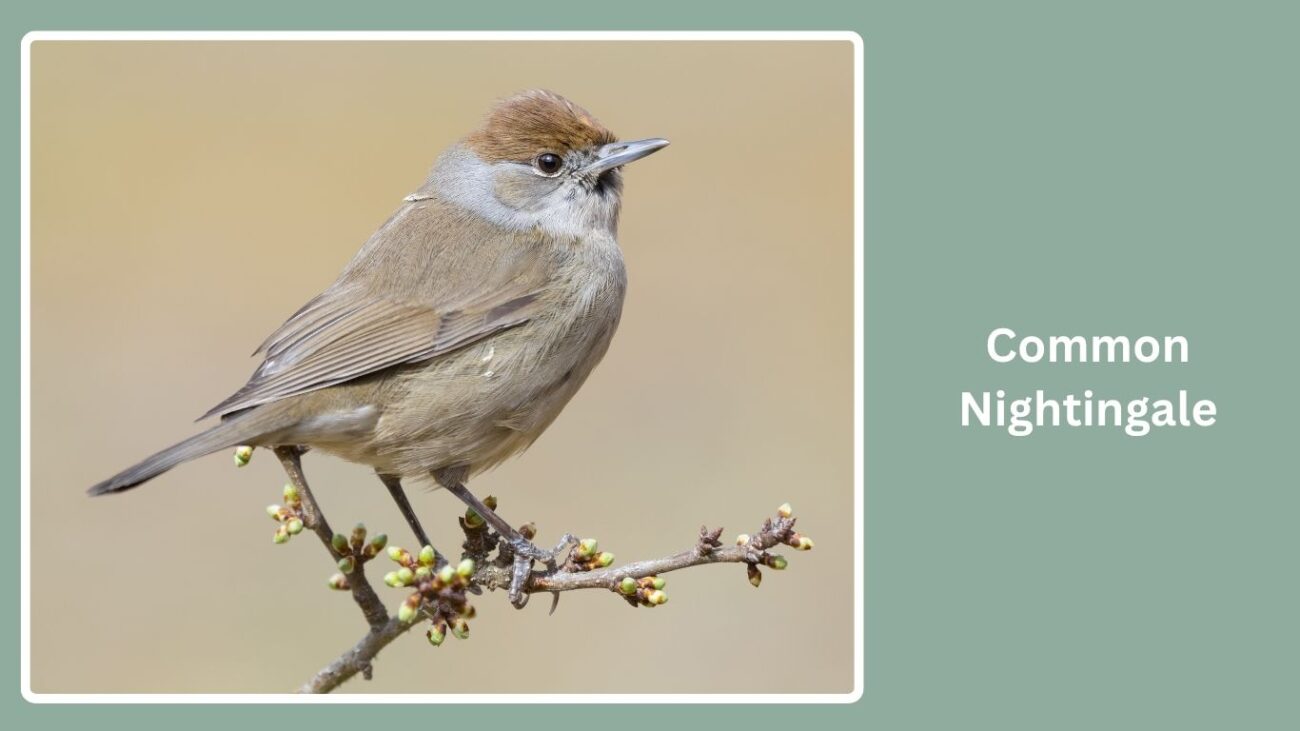
The Common Nightingale is a legendary songbird celebrated in poetry and literature for its rich, emotional melodies that often continue into the night.
Identification and Appearance
- Small, plain brown bird with warm chestnut tones
- Pale underparts and reddish-brown tail
- Slim build with a straight beak and expressive eyes
- Unassuming looks hide a powerful voice
Night Singing and Activity Patterns
Though active during the day, the male Nightingale is especially known for singing at night during breeding season. This behavior gives it a mystical and romantic reputation across Europe and parts of Asia.
When and Why They Sing at Night
Mainly sings at night during spring, especially in May and June. Unmated males sing loudly and continuously to attract females. Their song includes whistles, trills, and gurgling notes.
Natural Habitat and Behavioral Patterns
Commonly found in dense shrubs, forest undergrowth, and thickets across Europe, western Asia, and northern Africa. They prefer areas near water and maintain secretive, ground-level habits. The song is often delivered from a hidden perch within dense foliage.
4. European Robin
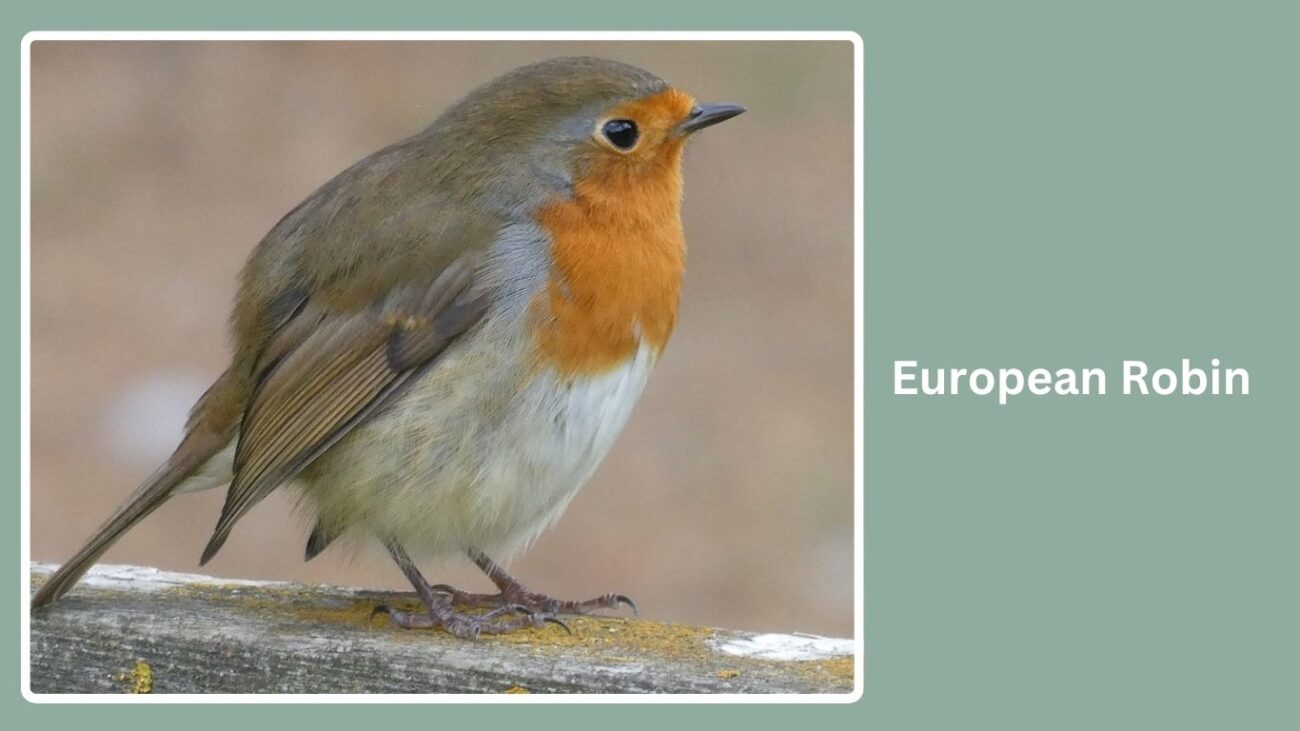
The European Robin is a familiar bird across Europe, easily recognized by its bright orange-red breast and sweet song. While often heard during the day, it also sings at night, especially in urban areas.
Identification and Appearance
- Small, round-bodied bird with a striking orange-red face and breast
- Brownish upperparts and whitish belly
- Thin legs and large dark eyes
- Friendly and curious behavior around humans
Night Activity and Song Patterns
Though not truly nocturnal, European Robins often sing at night under artificial lights such as street lamps. This is particularly common during spring and autumn.
When and Why They Sing at Night
Urban robins sing at night to reduce competition with daytime noise. Males sing year-round to defend territory, and nighttime singing increases during breeding or when establishing a new territory.
Habitat and Typical Behavior
They are found across gardens, parks, woodlands, and hedgerows in Europe. Robins are territorial year-round, often seen alone. Males sing from exposed perches and are active throughout winter, unlike many other songbirds.
5. Black-crowned Night Heron
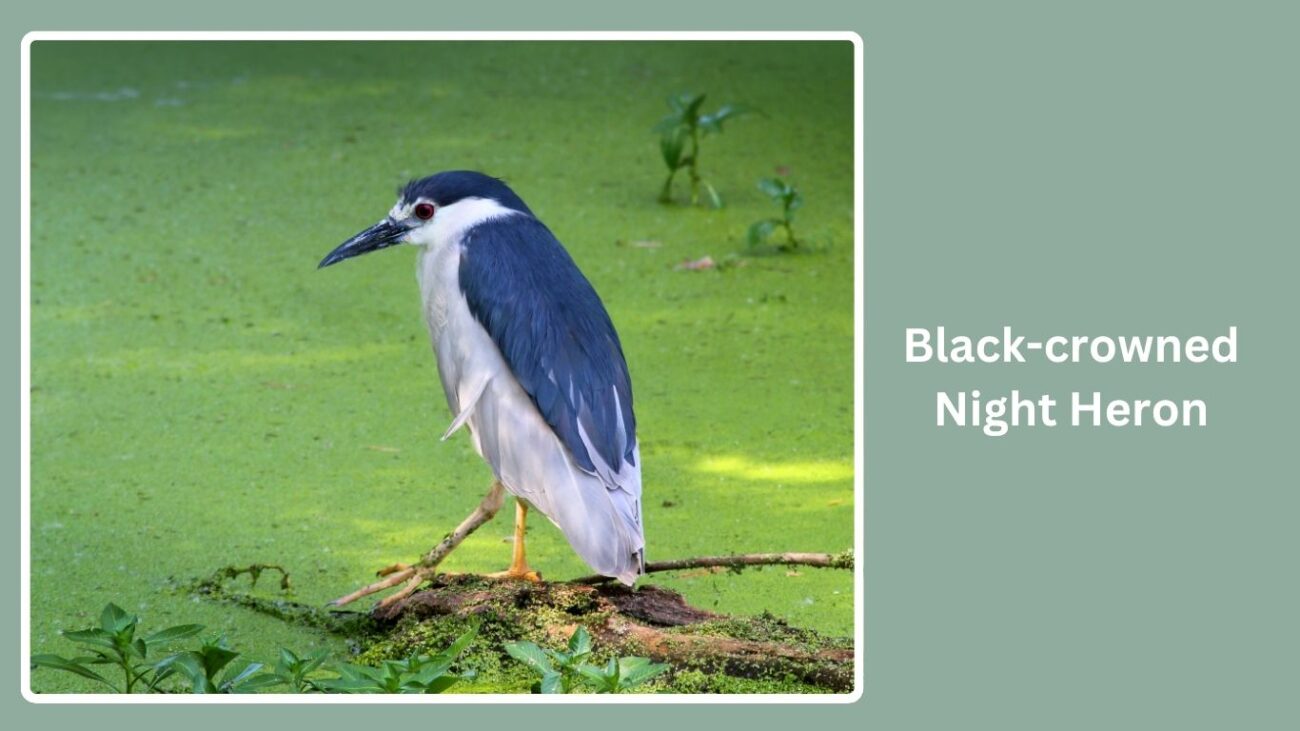
The Black-crowned Night Heron is a stocky wading bird best known for its nocturnal hunting and loud, croaking calls. Though it doesn’t sing melodically, its nighttime vocalizations are distinctive in wetlands.
Identification and Appearance
- Medium-sized heron with a short neck and legs
- Black crown and back, gray wings, and white underparts
- Red eyes and thick, pointed black bill
- Juveniles are brown and streaked
Night Behavior and Vocal Traits
These herons are primarily nocturnal and crepuscular (active at dawn and dusk). They rest during the day and become active in the evening, flying low over wetlands and marshes while making harsh calls.
When and Why They Vocalize at Night
They call mostly while flying or hunting, especially during breeding season or when startled. The “quawk” sound can be heard from far distances, often echoing through nighttime wetlands.
Habitat Preferences and Behavior
Black-crowned Night Herons live in wetlands, marshes, and along lakes and rivers across much of the world. They hunt fish, insects, and amphibians using stealth and patience. These birds nest in colonies, often with other herons, and are most vocal near nesting areas.
6. Yellow-breasted Chat
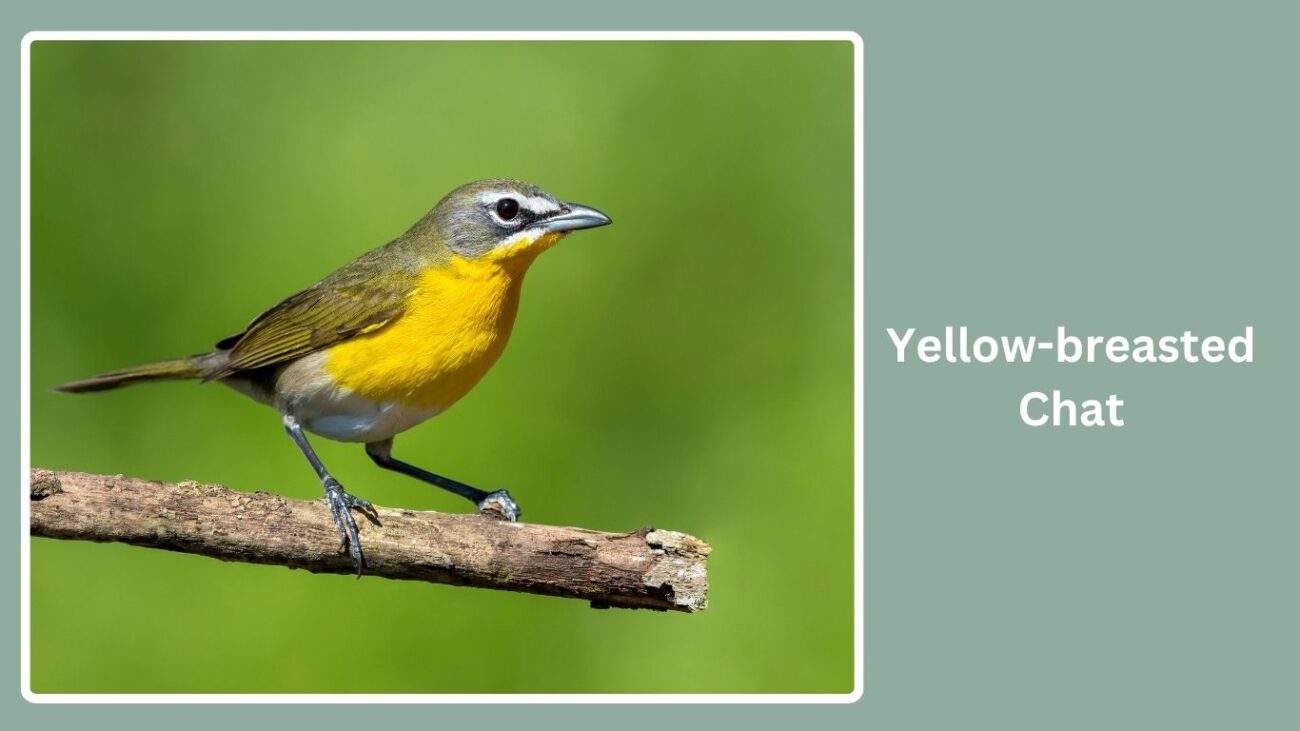
The Yellow-breasted Chat is the largest North American warbler, known for its bold yellow chest and surprisingly loud, varied song — often delivered at night during the breeding season.
Identification and Appearance
- Bright yellow throat and breast, olive-green back
- White “spectacles” around the eyes
- Long tail and heavy bill, unlike most warblers
- Males and females look similar
Night Singing and Activity Behavior
Though not nocturnal, male chats sing at night during mating season, especially in late spring. Their songs include whistles, cackles, gurgles, and harsh chatters — often given from hidden perches.
When and Why They Sing at Night
Males sing mostly at night in May and June to establish territory and attract mates. Their night song is less frequent after pairing, but it’s most intense in the early part of the breeding season.
Habitat and Behavioral Patterns
Yellow-breasted Chats prefer dense thickets, overgrown fields, and woodland edges. They’re secretive and shy, often heard more than seen. Their song is an important part of their territorial defense strategy.
7. Hermit Thrush

The Hermit Thrush is widely admired for its ethereal, flute-like song. Though it typically sings during the day, in quiet forests it may continue singing into the twilight and early night hours.
Identification and Appearance
- Brown back and wings with a reddish tail
- Pale underparts with dark spots on the chest
- Thin beak and expressive dark eyes
- Slightly smaller than a robin
Evening and Nighttime Singing Habits
While not a true night singer, Hermit Thrushes often sing during late dusk, especially in remote, quiet woodlands. Their songs are hauntingly beautiful and melodic.
When and Why They Sing at Night
They sing during the breeding season — mostly at dawn and dusk, though they may continue singing into nightfall when undisturbed. Males use their song to mark territory and attract mates.
Habitat and Natural Behavior
They live in forests and woodlands across North America, favoring shaded understories. Shy and solitary, they forage on the ground for insects and berries. Their song is one of the most musically complex among North American birds.
8. Barn Owl

The Barn Owl isn’t a songbird, but it’s a true nocturnal species known for eerie, screeching calls that often echo through the night. Its ghostly flight and haunting sounds have inspired myths across cultures.
Identification and Appearance
- Pale heart-shaped face, white underparts, golden-buff back
- Long wings and legs, no visible ear tufts
- Dark eyes and silent flight
- Females usually have more spotting on the chest
Nighttime Activity and Vocal Behavior
Barn Owls are strictly nocturnal. They hunt silently for rodents and other small animals at night and emit a raspy screech or hiss, especially when disturbed or defending a nest.
When and Why They Call at Night
They vocalize year-round, mostly after dusk and before dawn. Calls are used for territory defense, during courtship, or as alarm signals. Their chilling screeches are most common during the breeding season.
Habitat and Lifestyle
Common in open fields, grasslands, farms, and abandoned buildings. They roost in quiet, dark places during the day and are highly adapted for low-light hunting. Their excellent hearing and silent flight make them efficient night predators.
9. Killdeer
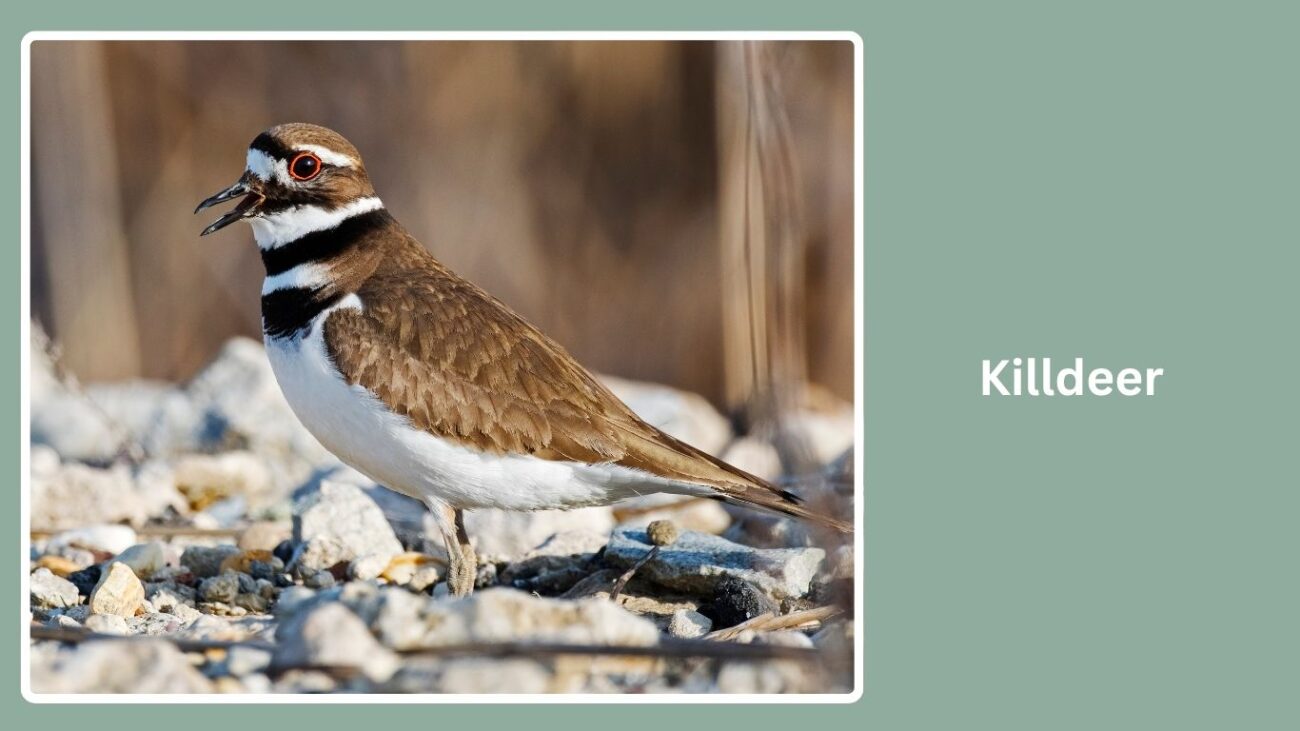
The Killdeer is a shorebird famous for its loud, piercing calls, often heard during the night — especially around open fields and near water bodies.
Identification and Appearance
- Brown back and wings, white belly
- Two black chest bands and a striking orange rump
- Large eyes and long legs
- Slim body and pointed beak
Nighttime Calling and Behavior
Though active during the day, Killdeer often call at night while flying or foraging. Their high-pitched “kill-deer” call is unmistakable and can carry far in quiet nighttime settings.
When and Why They Call at Night
They are most vocal at night during the breeding season and migration. Their calls help them maintain contact in flight or alert others to predators near nests.
Habitat and Behavioral Patterns
Killdeer prefer open habitats like gravel fields, mudflats, shores, and even parking lots. They nest on the ground and use a “broken wing” display to distract predators. Their nighttime activity is more common near artificial lights or under moonlight.
10. Chuck-will’s-widow

The Chuck-will’s-widow is a large nightjar named after its distinctive call that echoes through warm nights in the southeastern United States. It’s more often heard than seen due to its excellent camouflage.
Identification and Appearance
- Mottled brown, gray, and buff plumage for perfect camouflage
- Large head, short bill, and massive mouth
- Long wings and tail
- No visible crest or strong color contrast
Nocturnal Calling and Behavior
Strictly nocturnal, it becomes active at dusk, feeding on flying insects. Males call persistently from tree branches or the ground during calm, warm nights.
When and Why They Call at Night
Most vocal during spring and early summer breeding season. Males sing to claim territory and attract mates, repeating the “chuck-will’s-widow” phrase rhythmically for hours.
Habitat and Lifestyle
Found in pine forests, swamps, and mixed woodlands in the southeastern U.S. These birds nest on the ground and rely on stillness and camouflage. They often remain in one position while calling through the night.
11. Common Loon
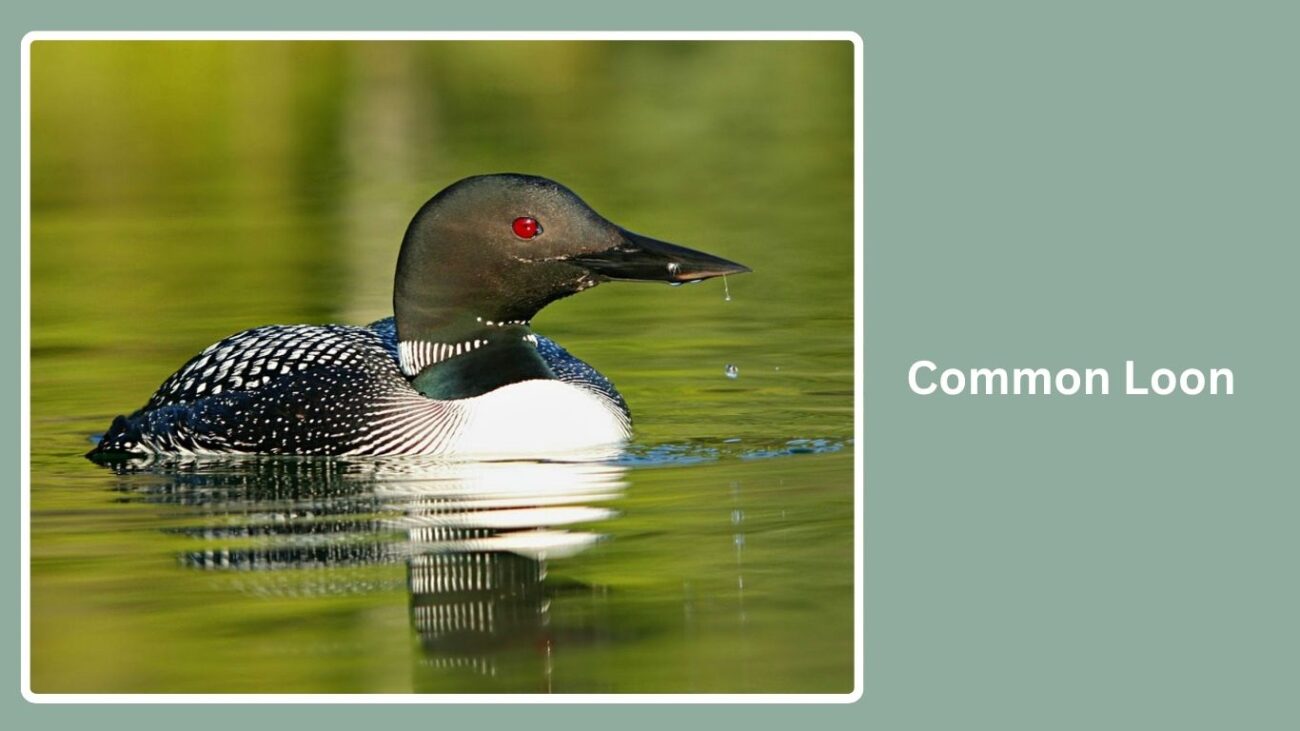
The Common Loon is best known for its eerie, yodeling calls that echo across northern lakes — especially under the moonlight. Its haunting night sounds contribute to its iconic status in wilderness areas.
Identification and Appearance
- Black head and neck with white necklace-like markings
- Checkered black-and-white back and white underparts
- Sharp black bill and red eyes
- Sleek, diving-adapted body
Night Singing and Behavior
Common Loons are diurnal divers but call frequently at night, especially in the spring and summer. Their haunting sounds include wails, yodels, and tremolos that carry across water.
When and Why They Call at Night
Most active vocally at night during the breeding season. Calls serve to defend territory, maintain contact with mates, or express alarm. Night calls are more frequent in quiet, remote lakes.
Habitat and Daily Life
Found in freshwater lakes across northern North America, particularly Canada and the northern U.S. They are expert divers, feeding on fish and aquatic invertebrates. Loons require large, clean lakes for nesting and hunting.
Summary
These 11 night-singing birds include both songbirds and nocturnal species with vocal behaviors that set them apart. From the musical Northern Mockingbird and Common Nightingale to the eerie calls of the Barn Owl and Common Loon, each species contributes to the sounds of the night. While some sing to attract mates, others vocalize to warn predators or stay connected. Whether in forests, wetlands, or city parks, these birds add a rich layer to the nighttime world.

